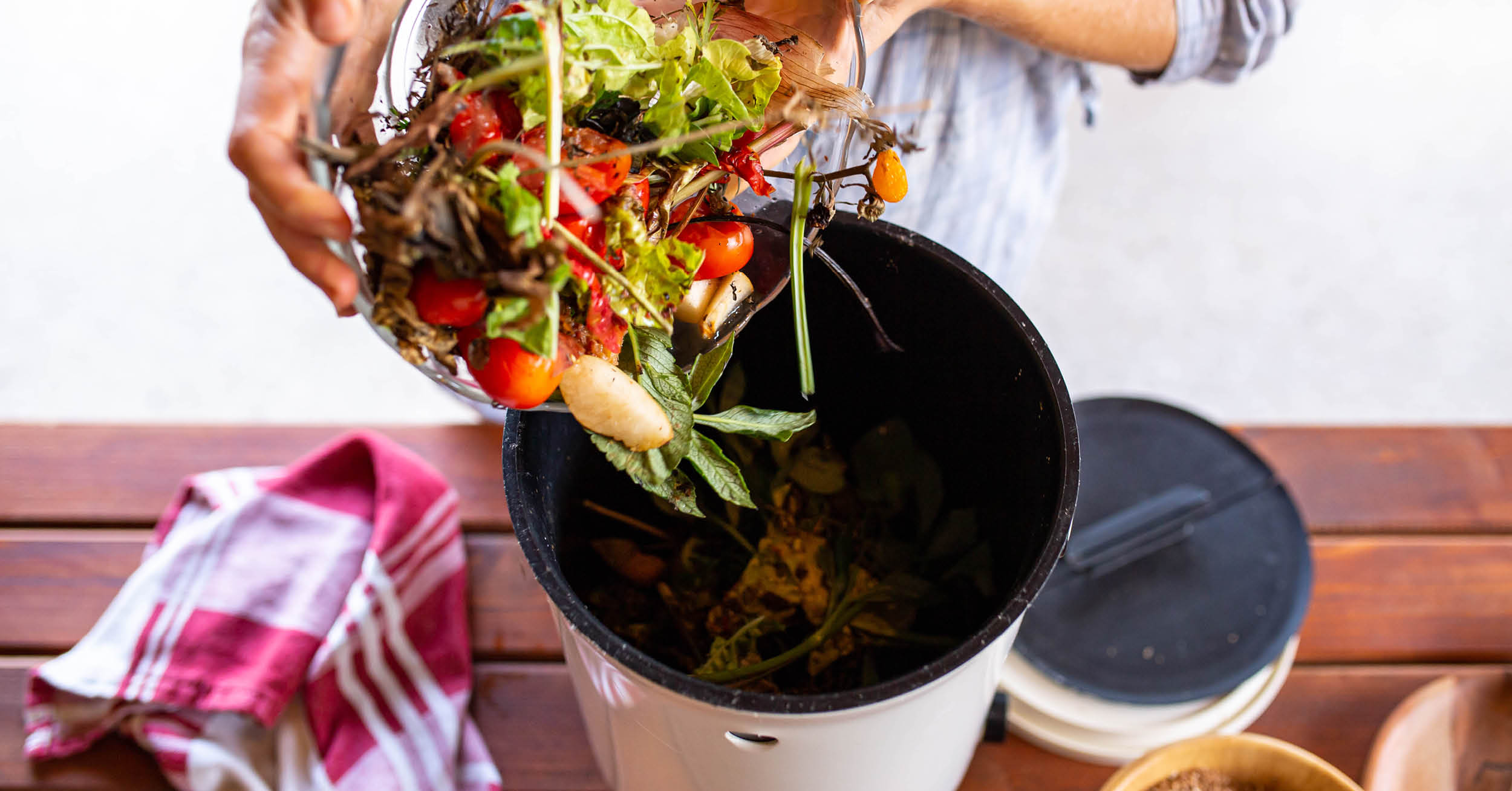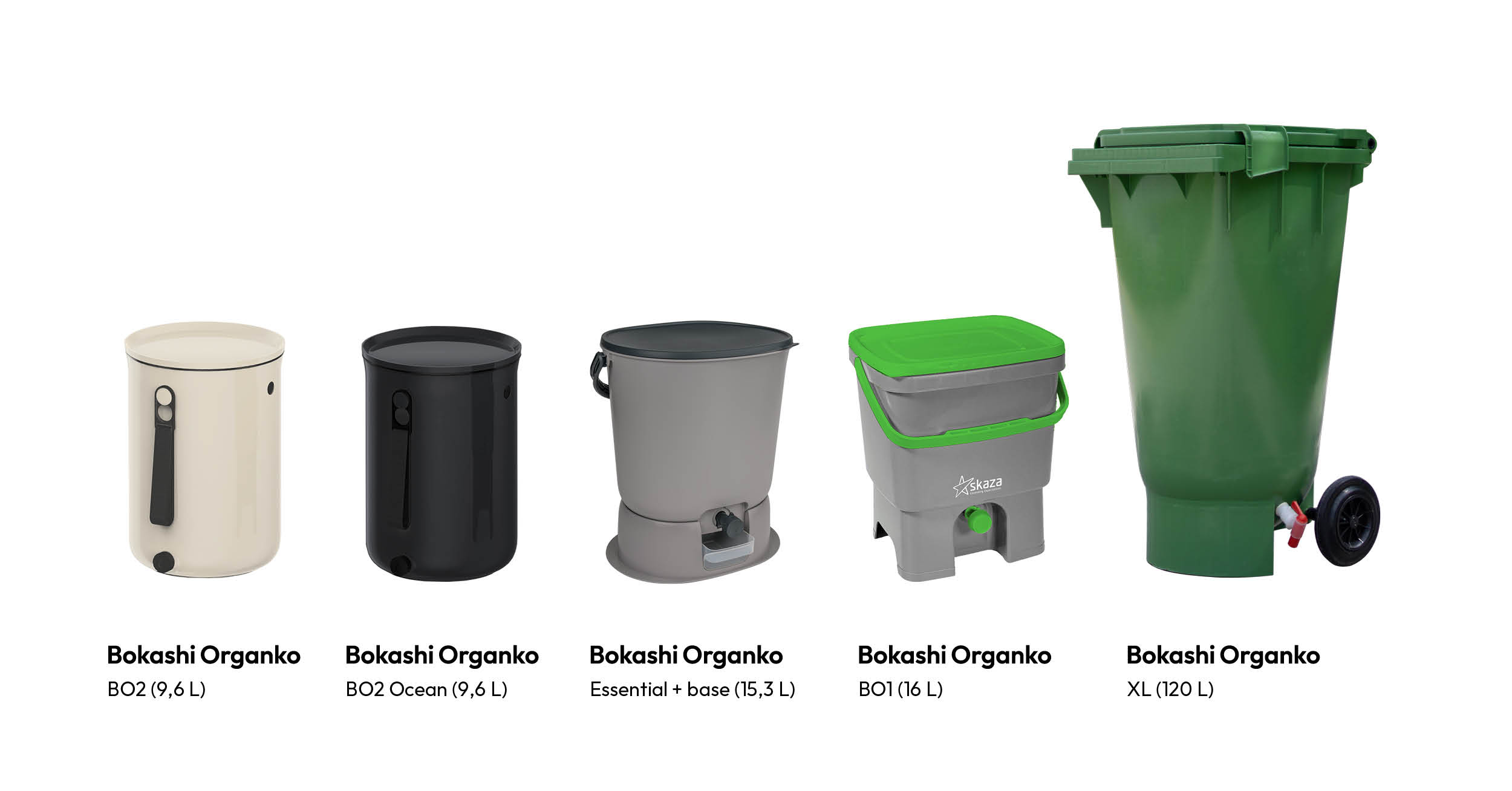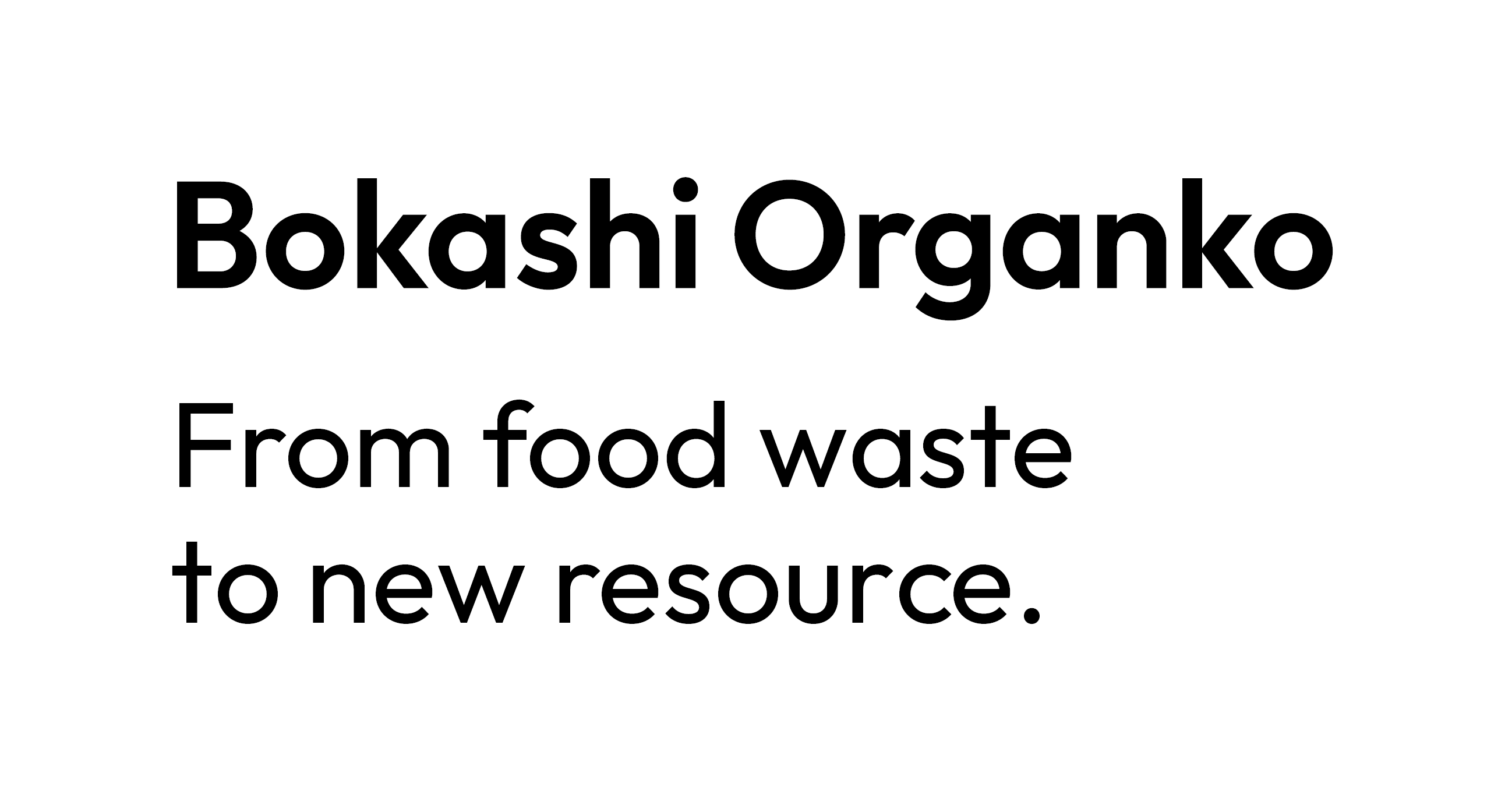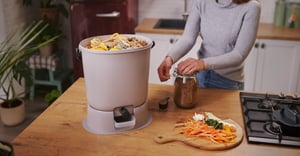Before the pandemic shook up the world, there was a lot of talk about sustainability and how to mitigate the effects of enhanced global warming. Of course, we must continue these talks; however, the necessary change requires action. As such, we want to urge you to take action after reading about organic waste management at home. Luckily, unlike shifting energy production from fossil fuels to renewable resources, where politicians and governments are taking their sweet time, you can implement proper organic waste management at home immediately. And, since organic waste represents over one-third of all municipal waste, you’ll be tackling quite a burning problem.
Organic waste management at home 101
When it comes to organic waste management at home it all starts with collecting it properly. That means that you must separate your organic waste from the rest of your household’s waste. The detailed guidelines for what is considered organic waste vary based on the method that is used to process organic waste. However, we now have sufficient scientific data confirming that the bokashi fermentation method, also known as bokashi composting, is the most efficient and the environmentally-friendliest way of organic waste management at home. Luckily, bokashi composting is also very practical and user-friendly.
 As such, we urge you to focus your efforts on this method. Hence, you’ll get to collect a very broad range of organic waste. Essentially, you'll be able to put all your food scraps and raw organic material in a single bin. This also includes animal hair, banana peels, citruses, cooked food, cypress twigs, dairy products, eggshells, fruits, meat, onions, seaweed, walnut leaves, smaller bones, and even wool. However, animal feces, oils, and paper should not be collected together with your organic waste. If you find yourself asking “can I compost this food?”, use the link for more details.
As such, we urge you to focus your efforts on this method. Hence, you’ll get to collect a very broad range of organic waste. Essentially, you'll be able to put all your food scraps and raw organic material in a single bin. This also includes animal hair, banana peels, citruses, cooked food, cypress twigs, dairy products, eggshells, fruits, meat, onions, seaweed, walnut leaves, smaller bones, and even wool. However, animal feces, oils, and paper should not be collected together with your organic waste. If you find yourself asking “can I compost this food?”, use the link for more details.
Bokashi process 101
Once your organic waste is collected properly, the naturally present effective microorganisms will start processing the waste. However, for bokashi fermentation to take place, certain conditions must be met. As such, the bin must be airtight for the most efficient organic waste management at home. This is the key aspect for the fermentation to start. In addition, it is recommended to use a fermentation starter - a very efficient and affordable choice is bokashi bran. The latter is sprinkled at the bottom of the empty bin and then on top of every fresh batch of organic waste. With bokashi fermentation underway, the organic material is converted into bokashi liquid (a side product) and bokashi fermented mass, also known as bokashi cake (main product). Furthermore, it takes about two weeks to turn organic waste into fermented mass. During the process, it is important to collect bokashi liquid every two or three days.
 Bokashi Composters
Bokashi Composters
As you can see, the bokashi process is very simple. Moreover, since it takes place in an airtight bin, there’s no unpleasant smell or any flies and other insects. However, it usually makes a world of difference if you use high-quality bokashi composters. That way airtight conditions are easily established, the collection of the liquid is easy, and bins are easy to clean and durable. And, as it happens, bokashi composters are our specialty. Our fleet of urban composters includes:
- Bokashi Organko Essential
- Bokashi Organko 1
- Bokashi Organko 2
- Bokashi Organko 2 Ocean
- Bokashi Organko XL
 In addition, we also recommend using a handy and top-notch organic-waste-collecting kitchen bin - Organko Daily. That way the collecting phase becomes even simpler. Furthermore, this also helps you to easily limit opening your bokashi composting bin to once per day and thus disrupt the fermentation process as little as possible. Moreover, all our indoor composters are made from recycled and recyclable plastic and come in compact sizes that fit all kitchens. Nonetheless, to get the most out of bokashi composting, it’s best to have two composting bins to alternate them - you use one to collect organic waste while the full one is creating the bokashi cake.
In addition, we also recommend using a handy and top-notch organic-waste-collecting kitchen bin - Organko Daily. That way the collecting phase becomes even simpler. Furthermore, this also helps you to easily limit opening your bokashi composting bin to once per day and thus disrupt the fermentation process as little as possible. Moreover, all our indoor composters are made from recycled and recyclable plastic and come in compact sizes that fit all kitchens. Nonetheless, to get the most out of bokashi composting, it’s best to have two composting bins to alternate them - you use one to collect organic waste while the full one is creating the bokashi cake.
Note: For more details about our products, make sure to use the “our fleet of urban composters” link above. There, you’ll find video presentations of each product.
With the COLLECT and PROCESS phases under your belt, you can get your organic waste management at home in proper shape. As such, you get to reduce the amount of your organic waste by 25 % and minimize its CO2 emissions. However, to make the most of the given resources, and make an even greater positive impact, you may want to also focus on the USE phase and how to CLOSE the #bokashiloop.
Organic waste management at home - closing the #bokashiloop
As you’ve learned above, the bokashi process provides you with bokashi juice and bokashi cake, which you can use. The bokashi liquid can be used as a drain cleaner (undiluted) or as a natural fertilizer (diluted in a 1:200 ratio with water). As far as the bokashi fermented mass goes, you also have several options. You can bury it in the soil, add it to your composting pile, or mix it with soil in a large pot (⅓ bokashi cake, ⅓ soil, topped with soil). Nonetheless, if you don’t have any of these options to use your bokashi mass, you can dispose of it in a municipal organic waste container.
As individuals, we can do only so much; however, when folks who practice proper organic waste management at home form communities, the real impact takes place. As such, to close the #bokashiloop, make sure to connect with other environmentally conscious people, contact your local authorities, waste management companies, composting companies, and make sure that farmers get involved as well. By doing so, your community can go beyond proper organic waste management at home and also become an essential part of organic farming and a sustainable economy.
Parting Words
As the title suggests, this article covers everything you need to know to get started. However, we encourage you to dive even deeper by enrolling in our free Bokashi Academy. There, you will learn more details about each of the four phases of #bokashiloop. Moreover, this is also a way to find other bokashi users - with those from other countries and regions you can share your insight, and with those near you, you get to collaborate to form impactful communities.
We are very grateful and proud of your efforts to make the world a better place. Thank you!


